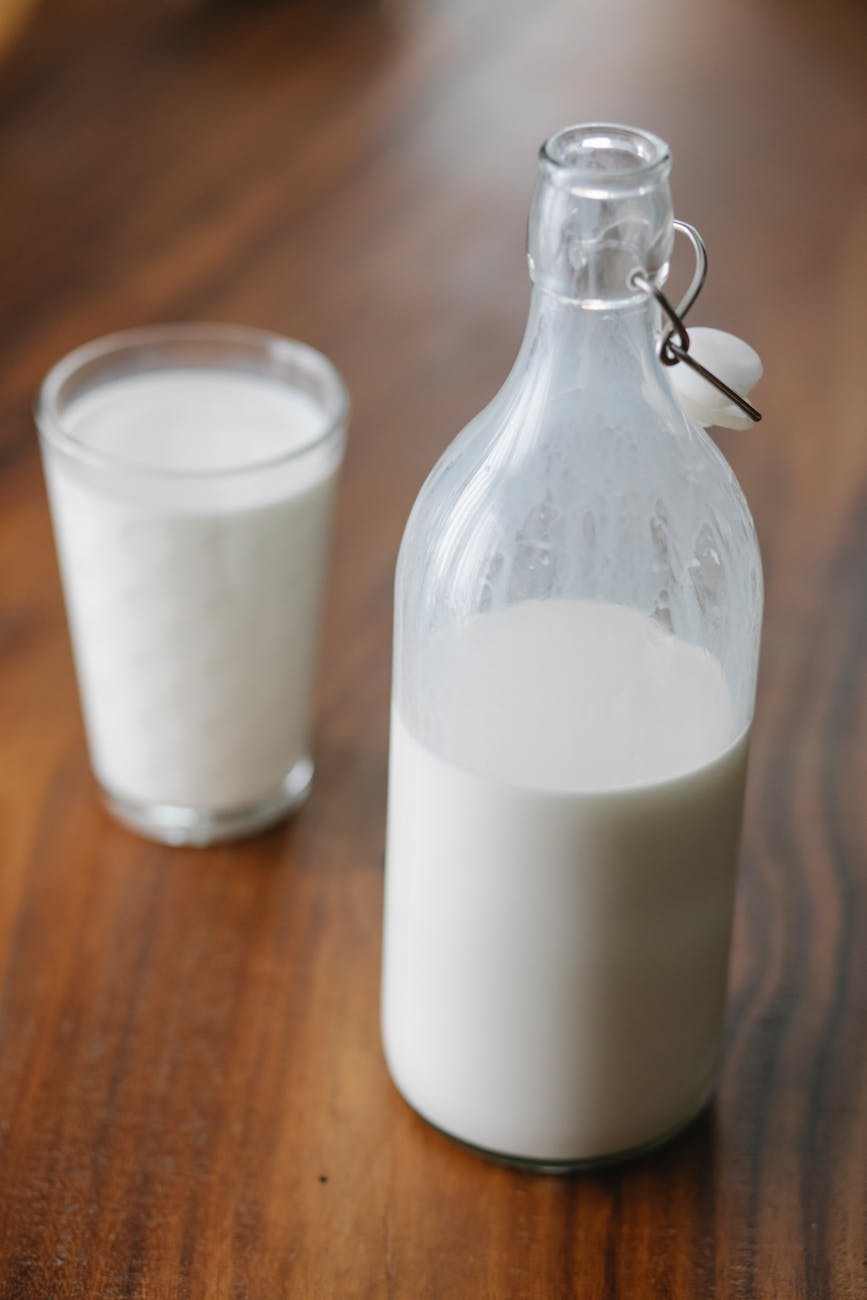Exploring Protein Content in Milk
When you’re on the hunt for protein-packed foods, milk is a real champion. It’s more than just a breakfast mix—it’s a powerhouse of nutrients. Proteins are the behind-the-scenes crew keeping your body in tip-top shape, helping muscles grow, and keeping everything humming along nicely inside you.
The Importance of Protein in a Healthy Diet
Think of proteins like the Lego blocks of the body—they’re what build and fix tissues. Within a good diet, proteins from milk are like hidden helpers that keep your immune system running, hormones balanced, and enzymes on point.
Eating enough protein helps keep your muscles strong, makes you feel full longer, and keeps your energy up all day. Bring milk into the mix, and you’re on your way to hitting those daily protein goals and boosting your overall health.
Proteins Found in Milk
Two big players in milk protein game: casein and whey. These are top-tier proteins—meaning they pack every essential amino acid your body needs to function smoothly.
| Protein Type | Percentage of Total Milk Protein |
|---|---|
| Casein | 80% |
| Whey | 20% |
Both casein and whey go down easy and are loaded with those must-have amino acids. Whey especially is speedy to digest. That makes it your best buddy after a workout or whenever you need a quick protein boost.
Knowing what’s in your milk can help you make smart choices about including it in your daily grub. To dig deeper into the perks of protein-rich foods, take a look at our article on the importance of correct quantities when cooking.
Grams of Protein in a Cup of Milk
Ever wondered how much protein is hiding in your cup of milk when you’re sorting out your meals or trying to bulk up a recipe? Knowing the protein level is actually pretty handy for those kitchen escapades.
How Many Grams of Protein in a Standard Cup of Milk?
The protein count in milk isn’t a one-size-fits-all deal—it depends on whether you’re drinking your grandma’s full-fat classic or some fancy-named nutty stuff. Here’s a lowdown:
| Milk Type | Protein (g) |
|---|---|
| Whole Milk | 8 |
| 2% Milk | 8 |
| 1% Milk | 8 |
| Skim Milk | 8 |
| Soy Milk | 7 |
| Almond Milk | 1 |
| Coconut Milk | 0 |
Keep in mind these figures are ballpark estimates. Different brands and how they process their milk might tweak the count just a tad. Cow’s milk is like a protein-loving superstar in the dairy aisle, making it a go-to for whipping up nutritious goodies.
Understanding Protein Measurement in Cooking
When you’re in the kitchen, close enough doesn’t quite cut it. Getting the protein amounts right can make or break your dish’s health and taste goals. Whether you’re jazzing up a dish with milk’s protein or just want that creamy splash, knowing how much protein lurks in each cup can be a game-changer.
Digging into the protein perks of milk means your culinary experiments can hit both taste and health targets. Figuring out which milk matches your protein needs lets you choose wisely, fitting it right into your diet game plan.





